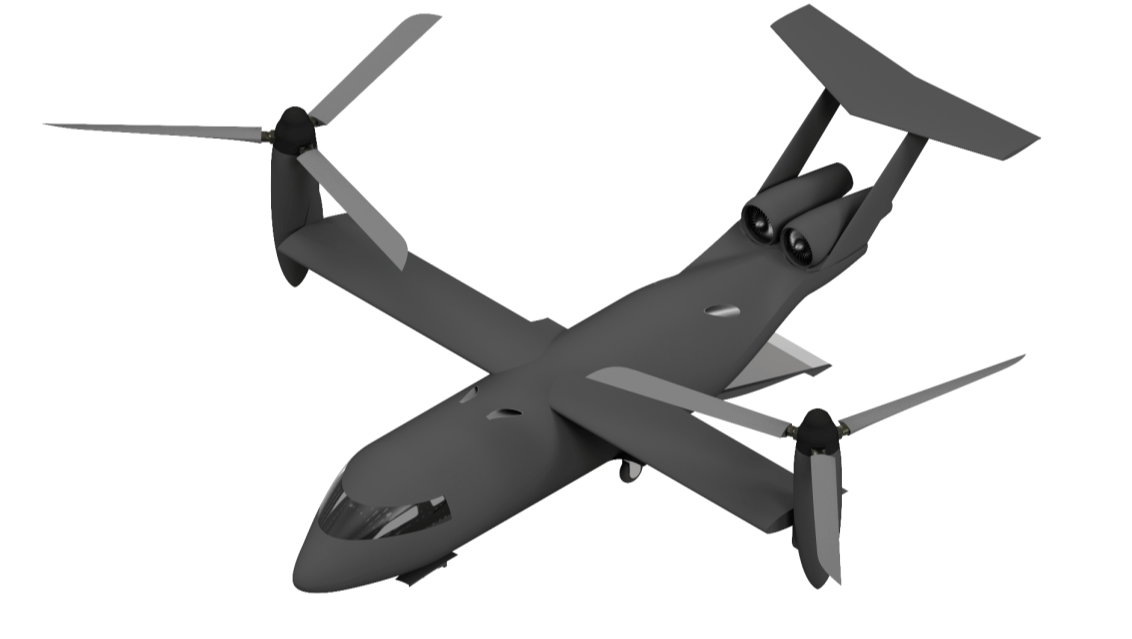
Team: Remi Hensel, Justin Hathaway, Dogyu Jun, Jeremy Page, Reilly Keenen, Ao Huang, Brett Sweeny
Challenge: To design a high speed VTOL aircraft capable of carrying a 5000 lb payload in a 6.5 ft high, 8 ft wide, and 30 ft long cargo bay. It had to operate at a 450 kt cruise speed at an altitude of 20,000 ft and a Radius of Action of 500 nm. An emphasis was placed on minimizing downwash to ensure FOD mitigation and ease of ground crew operations.
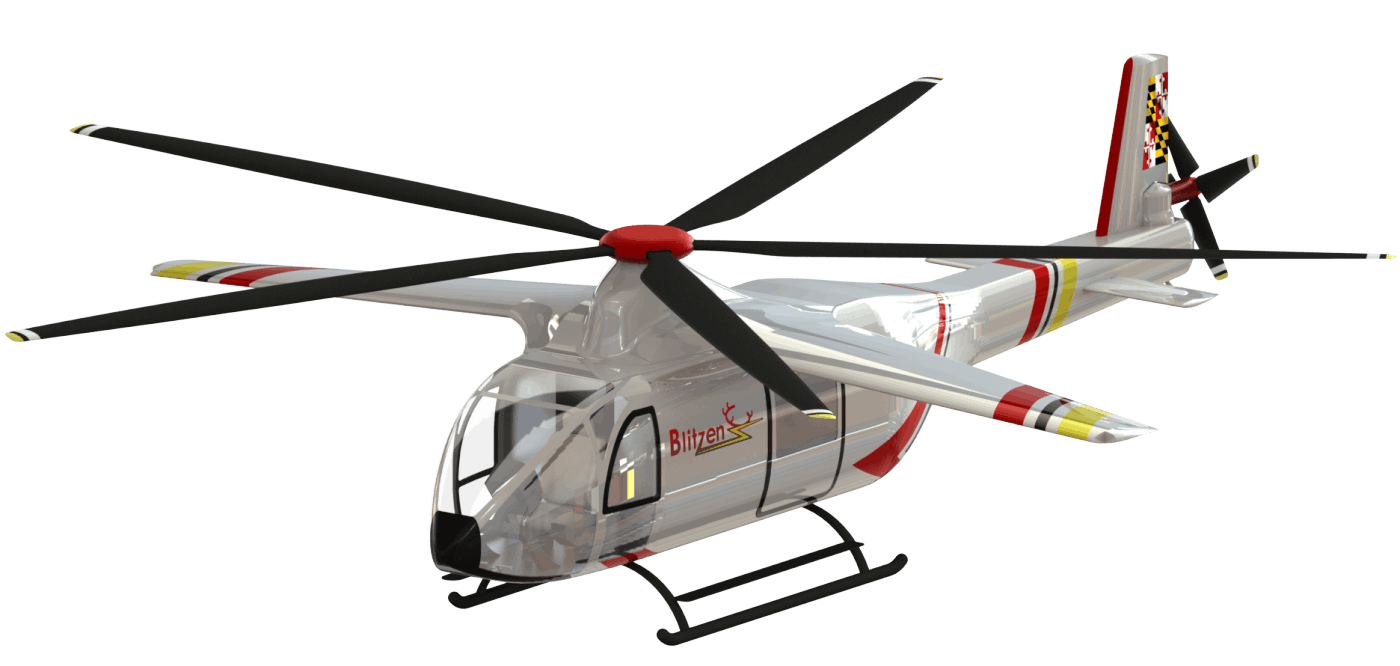
Team: Vivek Uppoor, Sam Allgaier, Sang Kim, Sandra Crenshaw, Eva Alexandrova, Brad Reamy, Roshni Patel, David Umansky, Andrew Giorgi, Isaac Rose
Challenge: To design an all-electric VTOL air taxi with a reconfigurable cabin to support passengers with reduced mobility and disabilities of all types. As a passenger aircraft, emphasis is placed on system safety and fault tolerance. The aircraft must be operated by a single pilot and carry up to four passengers. The mission range is 161 km (100 mi).
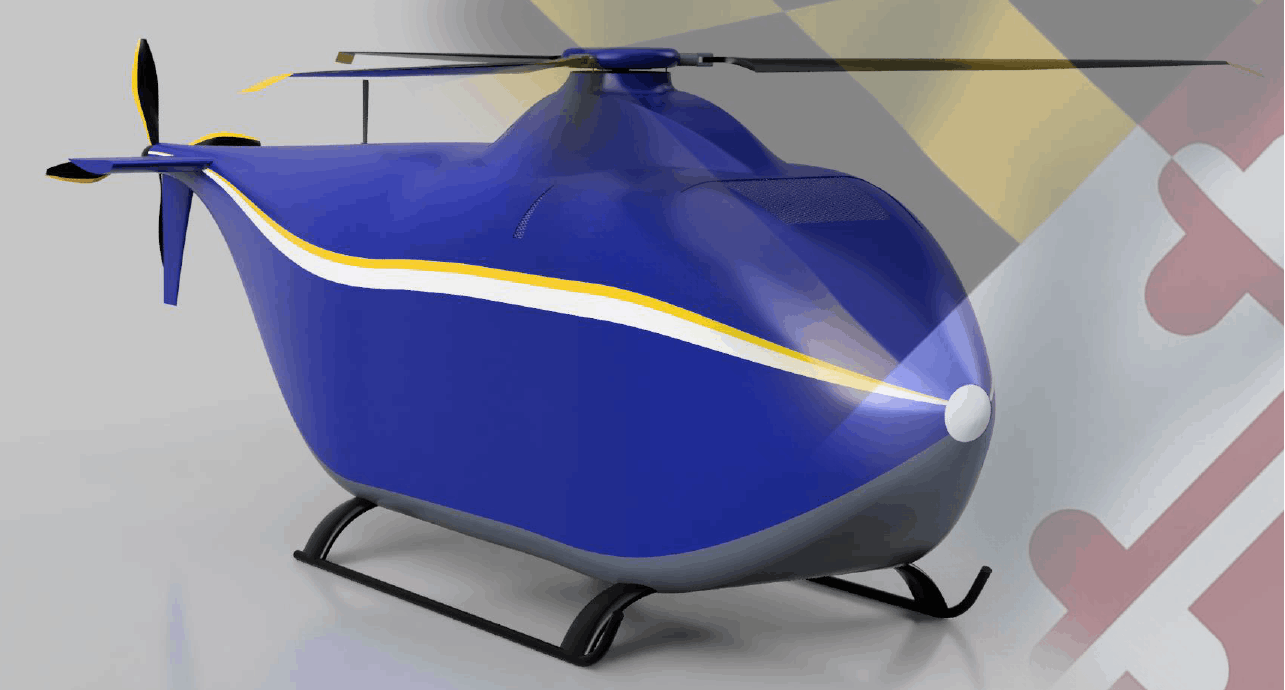
Team: Derek A. Safieh, Andrew Lent, Joseph Cohen, Tim Young, Emmanuel Azadze, Rashaun Williams, Noam Kaplan, Ariq Zufar, Jordan Schmidt
Challenge: To develop an unmanned vertical lift concept that can deliver, at high speed, up to 50 kg payloads to end-user sites up to 50 km radius, and to logistics centers up to 200 km away. The sizing is such that the vehicle can make a difference within a future pandemic or natural disaster. The design has to include only 2020 technologies in order to support an initial entry into service in 2025. A special emphasis needs to be placed on system safety.
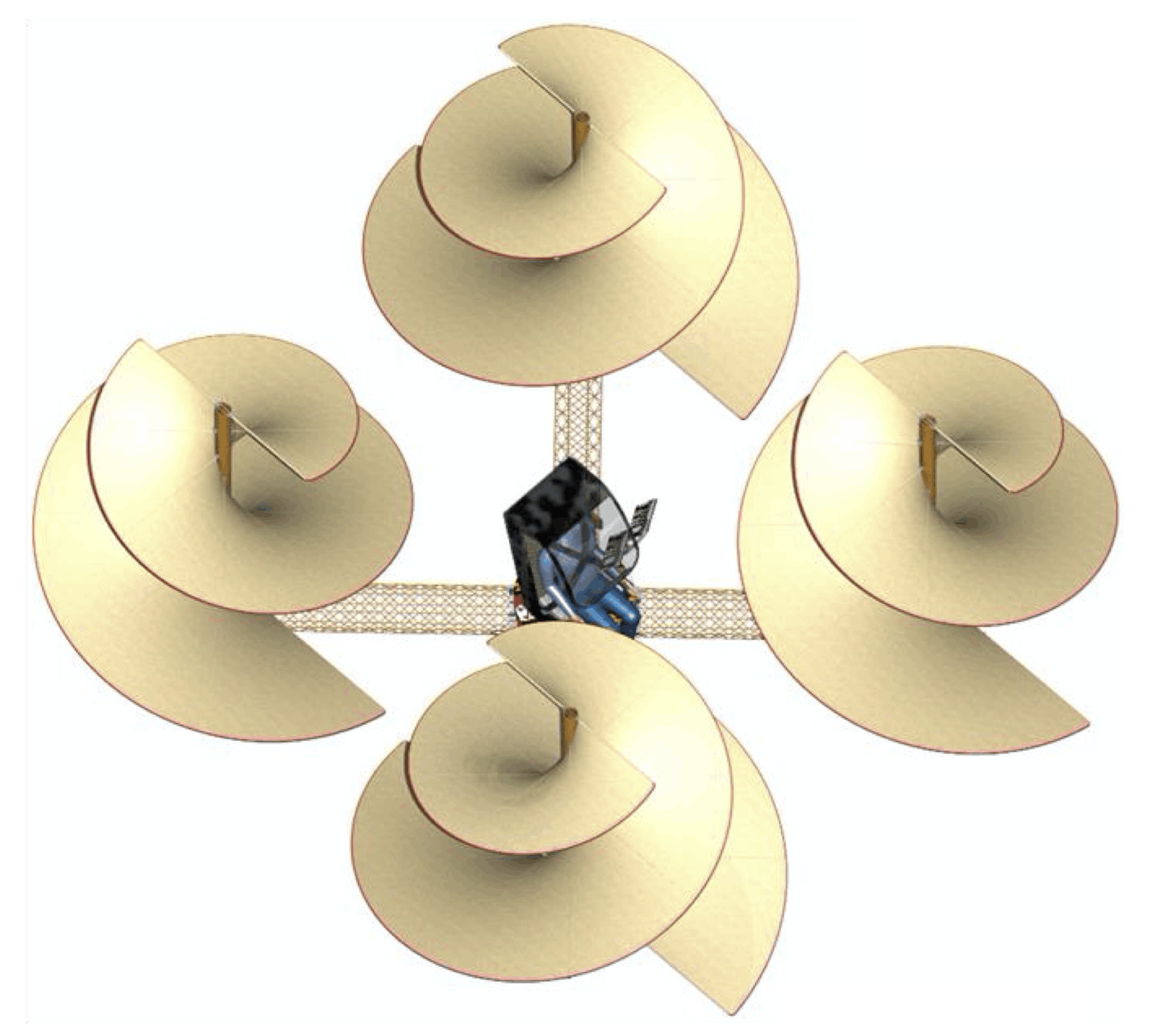
Team: Nathan Lloyd, Charlie Flanagan, James Lynott, Blaise Martineau, Austin McClelland, Julia Mitttelstaedt, Christopher Savage, Nick VanZeist, Seong Yun
Challenge: To design a VTOL vehicle based on Leonardo's Aerial Screw concept, studying and demonstrating the consistency of its physics and potential feasibility. The aircraft must carry 1 pilot or passanger (60kg) and the design mission is: take-off vertically, fly for at least one minute (covering at least 20 m) and land vertically. The concept is honoring the 500th anniversary of the death of Leonardo Da Vinci.
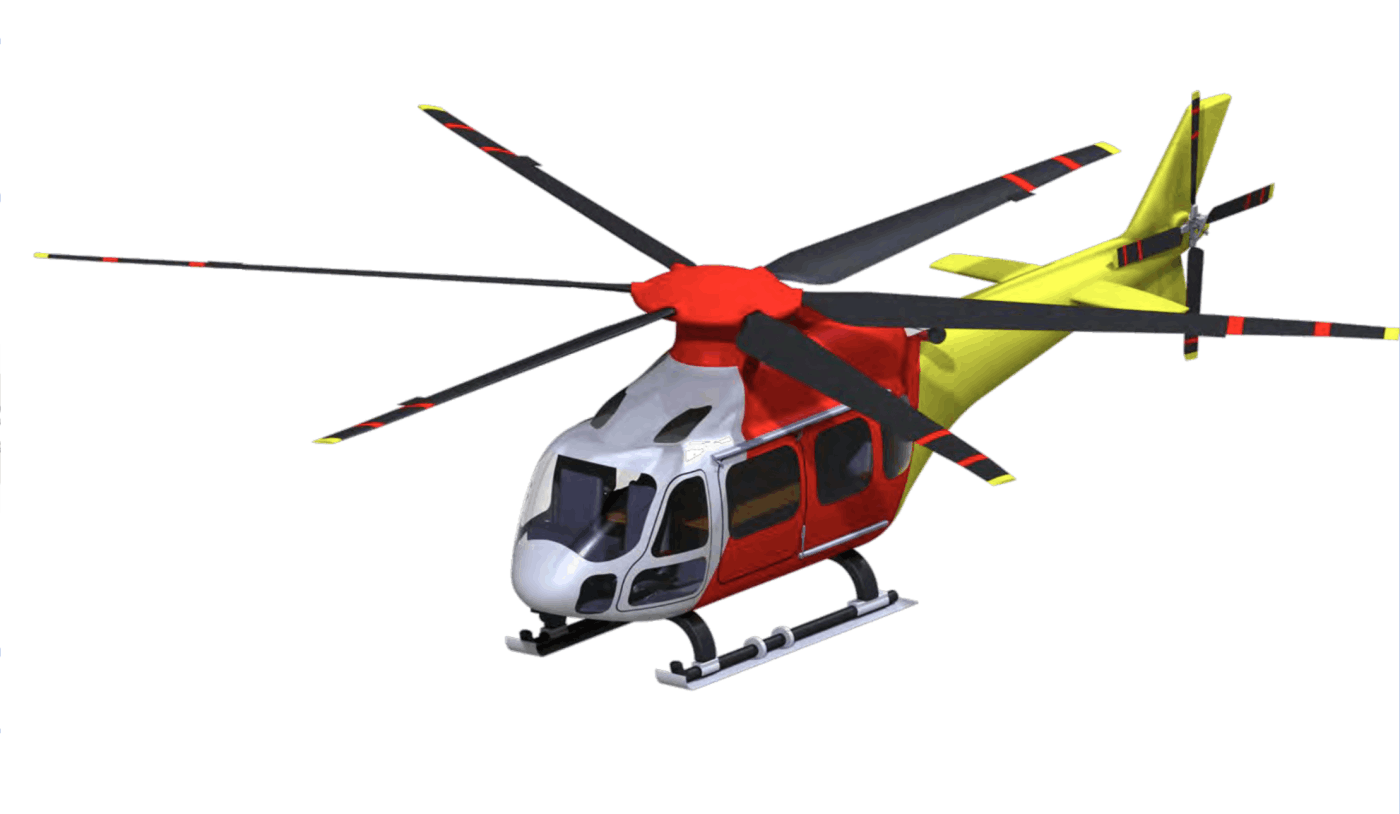
Team: Benjamin Dobson, Paulo Arias Juarez, Mohd Hafeez Amry Mohd Abd Hadi, Celia Escudero Alcaraz, John Lewis, Kamil Pilaszewicz, Harayan Pillai, and Nicholas Zhu
Challenge: To design a rotorcraft capable of performing rescue missions on the highest altitudes in the world. The mission includes a 30min hover at the top of Mount Everest (29,100 ft) with a payload of 575 kg. The mission must be less than 3 hrs and can include a possible refuel stopover.
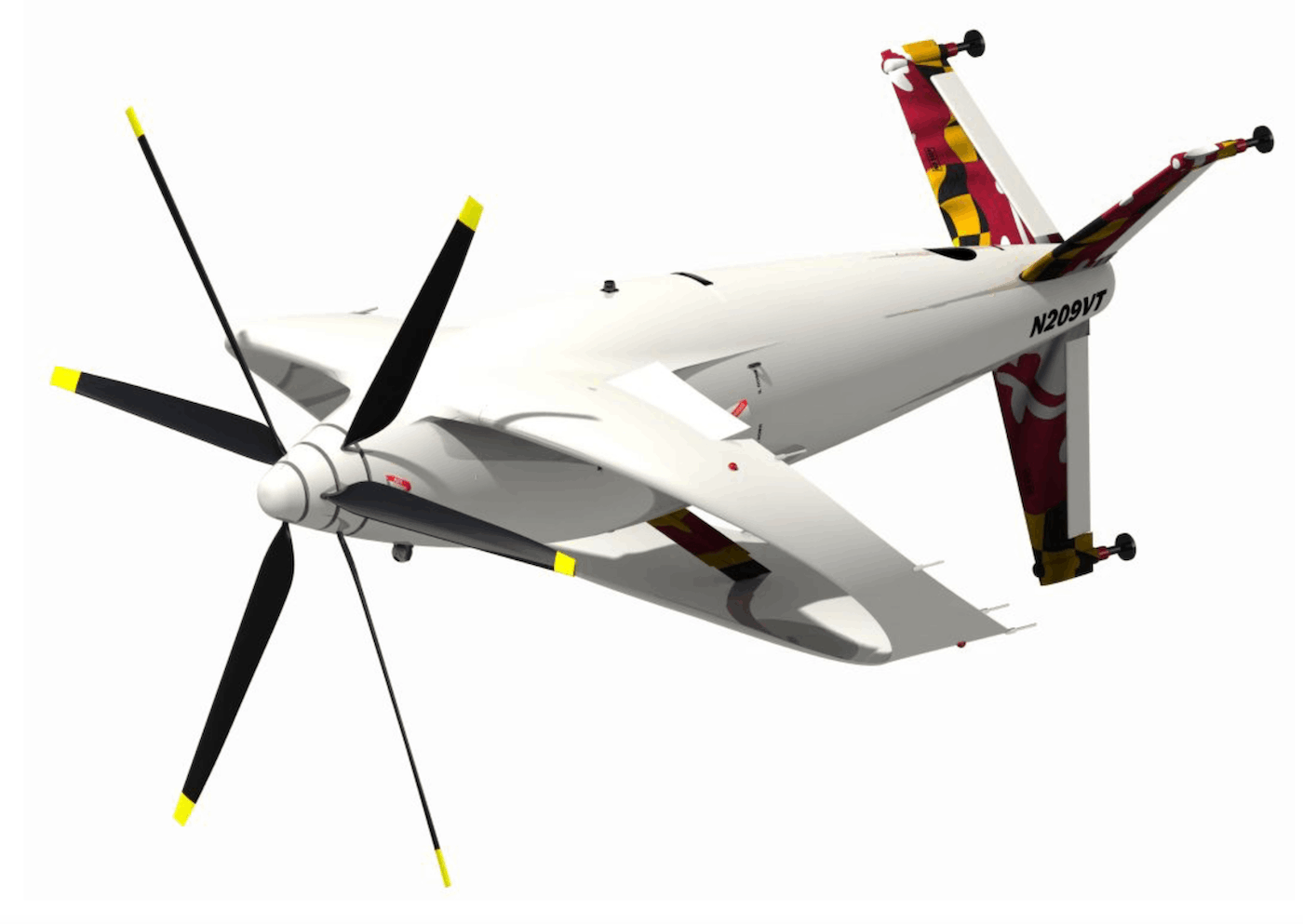
Team: Alexander Cheung, Ian Bahr, Jonathan Detoro, Westley Weinkam, Havya Patel, Matthew David, Jason Xu, and Samuel Dame
Challenge: To design a reconfigurable VTOL aircraft to operate in a megacity-type environment with a payload of 100kg or higher. The aircraft must have a minimum cruise speed of 333 km/h and maximum gross takeoff weight of 600kg.
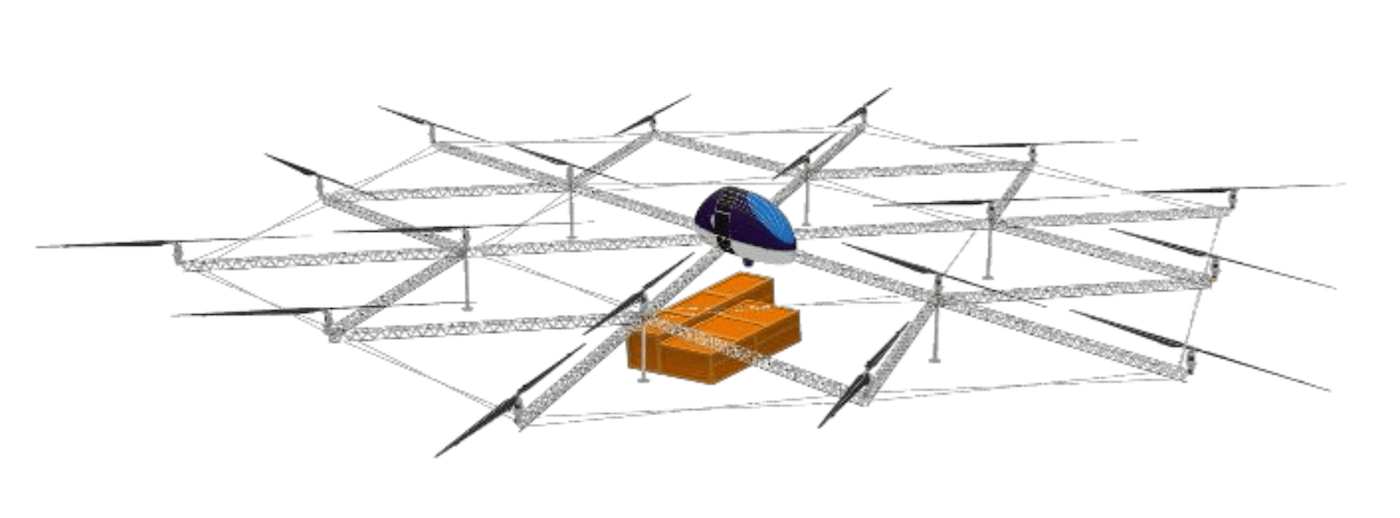
Team: Andrew Desrochers, Andrew Dallas, Jeremy Foust, and Scott Jordan
Challenge: To design an unmanned aircraft capable of hover for a cumulative duration of 24 hours inside three hover stations separated by a distance of 0.54 nm (1 km). The aircraft must be able to withstand a helicopter operating environment throughout the mission duration and carry a simulated passenger weighing 176.4 lb (80 kg).